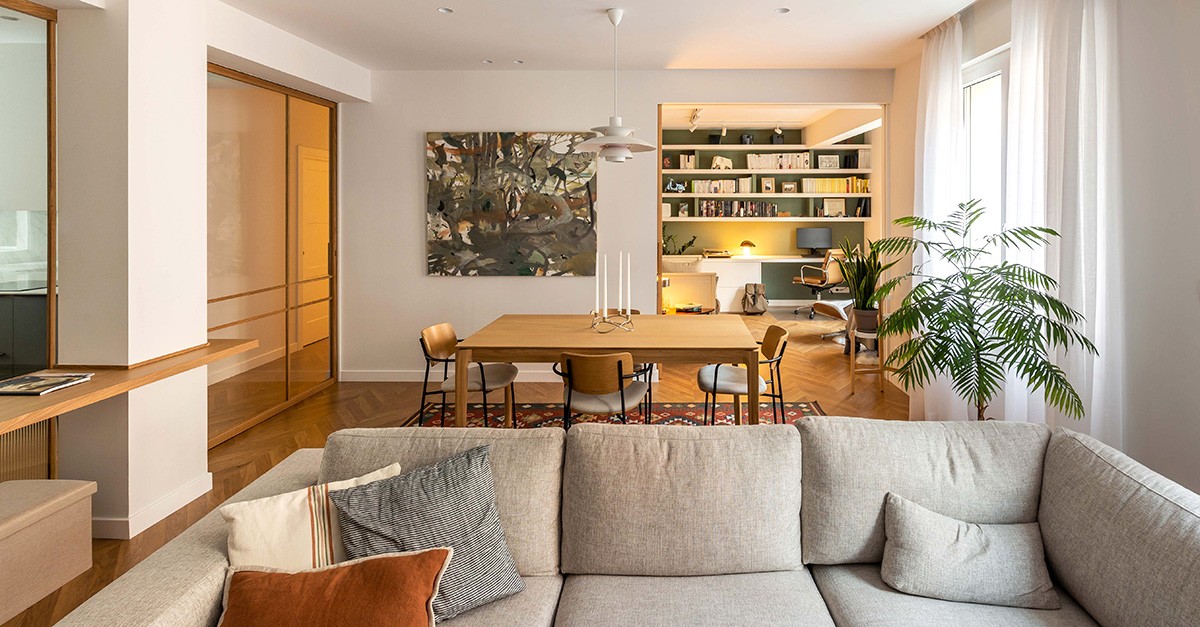
Over the past year, the percentage of household income needed for housing rose to 23% for purchases and 36% for rentals, according to an idealista study based on Q1 2025 data. The limited supply and rising prices have driven the effort to buy or rent far beyond expert-recommended limits, especially for rentals.
Francisco Iñareta, idealista’s spokesperson, stated, “The rental housing situation is an absolute emergency, with scarce supply, soaring prices and fierce competition excluding more families from accessing housing. This is pushing those who can afford it into the purchase market, where supply has also been declining for years. While many Spanish cities still have effort rates below recommended levels, the situation in cities like Madrid is becoming alarming, with prices up over 24% year-on-year and a two-point rise in effort. Bold, consensus-driven measures are urgently needed to stabilise the market and start a medium-term recovery.”
Rent struggles
There are ten provincial capitals where the proportion of household income needed to rent a two-bedroom flat exceeds the 30% recommended by experts. Barcelona tops the list, requiring 46%, followed by Palma (41%), Málaga (40%), Valencia (39%), Madrid (38%), Alicante (37%), Segovia (34%), Las Palmas de Gran Canaria (34%), San Sebastián (32%) and Santa Cruz de Tenerife (31%).
In Bilbao and Seville, the effort rate stands at 30%, while Cádiz (27%), Vitoria, Girona, Granada and Salamanca all have lower rates at 26%. The least effort is required in Ciudad Real (17%), Jaén (19%), Teruel (19%), Palencia (19%), Melilla, Cáceres, Ourense and Huesca, where all four provinces register 20%.
Segovia has seen the largest increase in rental spending, rising by four percentage points. Zamora, Las Palmas de Gran Canaria, Barcelona, Alicante and Santa Cruz de Tenerife each experienced a three-point rise. Rental costs in Madrid remained stable, and no provincial capital has recorded a decrease in rental spending over the past 12 months.
At a provincial level, Málaga demands the highest rental effort, with locals needing to dedicate 52% of their household income. This is followed by the Balearic Islands at 47%, Barcelona at 43%, Santa Cruz de Tenerife and Valencia both at 37%, Madrid and Las Palmas at 36%, Alicante at 35%, Guipúzcoa at 34% and Seville at 31%. Provinces requiring the least effort include Teruel (18%) and Palencia, Lugo, Jaén and Lleida, each at 20%.
The effort required to buy a home is generally lower than renting, except in San Sebastián and Palma
In most cases, the effort required to buy a home is lower than renting, except in San Sebastián and Palma. Four provincial capitals exceed the 30% effort threshold recommended by experts: Palma (41%), San Sebastián (36%), Madrid (35%) and Málaga (35%). Barcelona sits at 30%, while Alicante (28%), Valencia and Cádiz (both 25%), Granada and Las Palmas de Gran Canaria (24%) fall below this mark. The lowest effort rates are found in Jaén (10%), Lleida, Palencia and Teruel (all 12%).
Purchasing effort has decreased in 26 provincial capital cities compared to last year. Girona, Granada, Huesca and Barcelona saw the largest drops, each down by three points. Other notable declines of two points occurred in A Coruña, Seville, Córdoba, Cáceres, Palma, Tarragona, Melilla and Logroño. Conversely, Madrid leads the 13 provincial cities where buying effort has risen, with a two-point increase, joined by key markets such as Alicante and Málaga, which saw a one-point rise.
Among provinces, the Balearic Islands and Málaga demand the greatest effort, at 42% of household income. They are followed by Santa Cruz de Tenerife (35%), Alicante (28%), Madrid (27%) and Las Palmas (25%). Barcelona province requires 19%, while Ciudad Real, Jaén and Teruel are the least demanding at 10%.
Methodology
The effort rate measures the proportion of a household’s purchasing power spent on housing. Specifically, for rent, idealista/data calculates the effort rate as the annual percentage of average household net income dedicated to renting a typical two-bedroom property. Rental prices are sourced directly from idealista’s database, which provides city-specific figures, while household net income data is drawn from the Spanish Institute of Statistics (INE).
Similarly, for property purchases, the effort rate represents the annual share of household net income required to service a “typical” mortgage, defined by average terms in duration and interest rate. Due to recent rises in interest rates, this calculation has been updated to reflect the latest data published by the European Central Bank (ECB).
